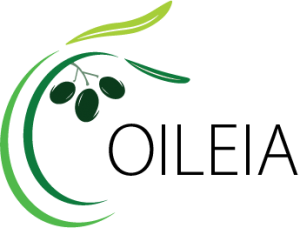Contacto
Copyright © 2020 Oileia
OILEIA OLIVARES ALTERNATIVOS S.L.
C/ San Ignacio 6, 4 izq.
47003 Valladolid
Phone: 983 100 001 – 902 410 430
info@oileia.com

The following steps are followed:
It is done as follows:
Pollen is kept below 0°C and homogenized with inert material until use.
It contemplates the following actions:
It is done as follows:
Why do it?
How do we do it?
In theory, any agronomic character is likely to be improved depending on:
In Oileia, the possibilities of finding the ideal genotype (greater resistance to cold, early maturing and with oil with a high content of polyphenols) are increased thanks to the fact that:


The following steps are followed:
It is done as follows:
It contemplates the following actions:
It is done as follows:
Why do it?
How do we do it?
In theory, any agronomic character is likely to be improved depending on:
In Oileia, the possibilities of finding the ideal genotype (greater resistance to cold, early maturing and with oil with a high content of polyphenols) are increased thanks to the fact that: